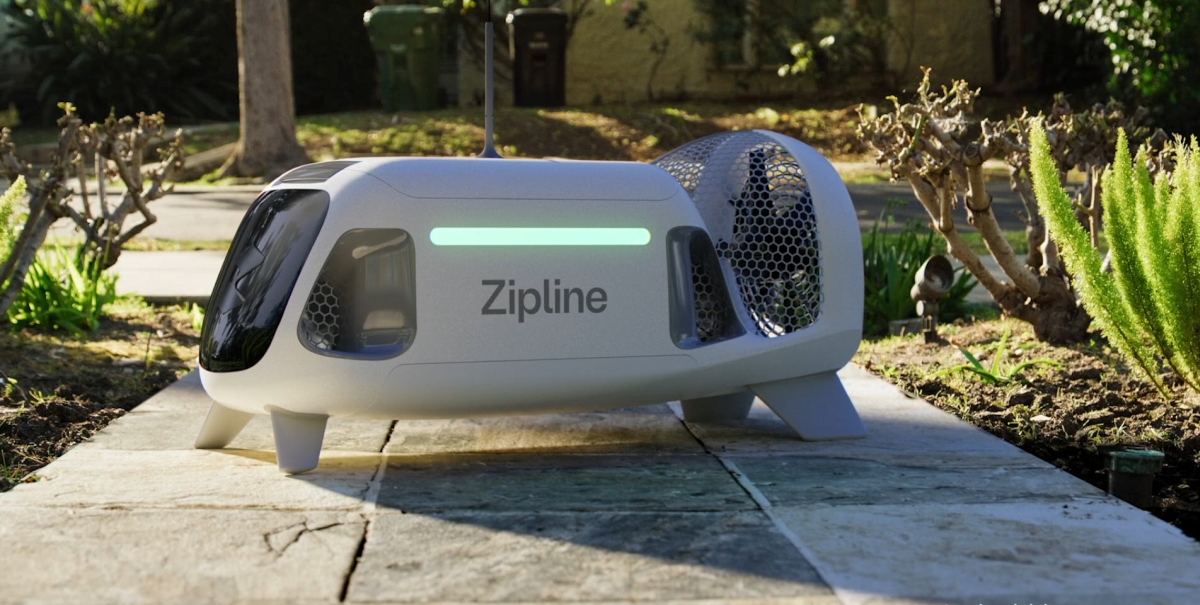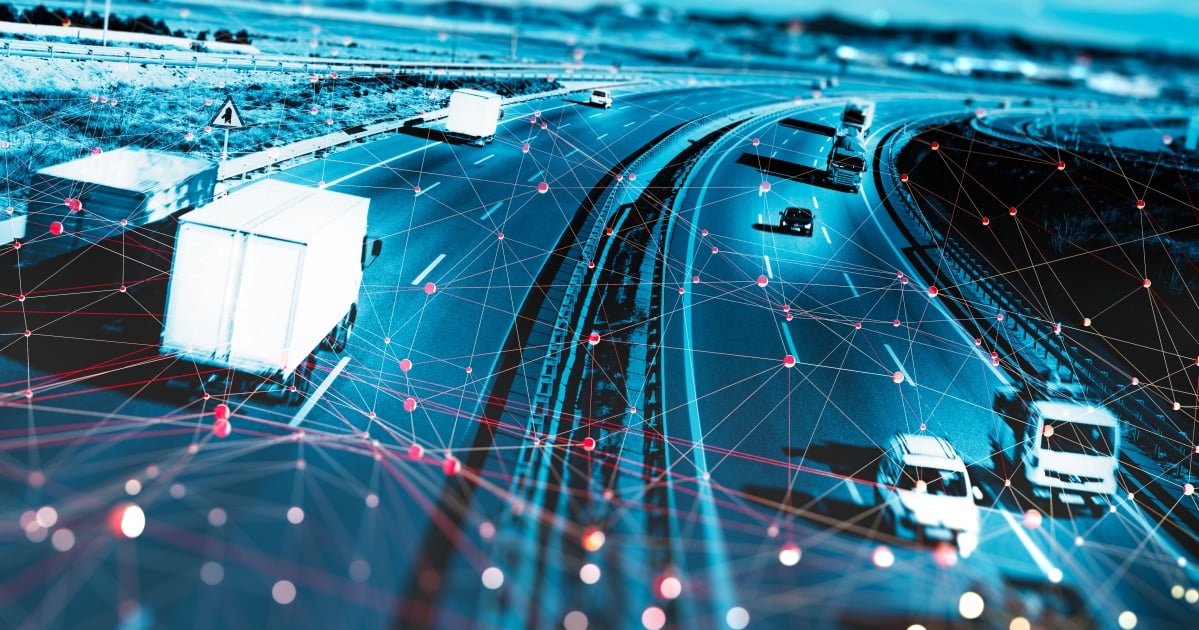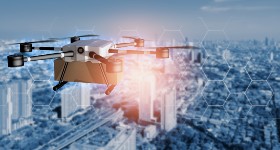
In the next two years, spending on the Internet of Things (IoT) will reach nearly $1.3 trillion and Gartner predicts there will be more than 20 billion connected devices in operation. IoT offers the promise of greater visibility, new precise analytics, increased capacity for automation and more. However, its implementation and deployment present a host of new challenges. Businesses embracing IoT are utilizing location-based services (LBS) to assist with navigating this new ecosystem.
LBS help businesses enhance visibility and control, optimize efficiencies, facilitate automation and assist with organizing and deciphering the constant flow of data being generated by IoT devices.
LBS Enhance Visibility & Control
Knowledge of where and when IoT devices or sensors report data is critical to successful adoption and deployment. Businesses using LBS can confidently locate, monitor, manage and secure fleets of connected devices in real time and this can be completed at scale with cloud-based location solutions.
Cloud-based LBS enable businesses to locate nearly any connected device through the use of web services location APIs. This allows for seamless integration into existing systems, apps and processes making real-time location of IoT devices more easily attainable. Although there is not a one-size-fits-all solution for locating connected devices, businesses can access an array of location sources through a single cloud-based solution able to provide access to a multitude of location technologies. For example, while GPS is widely used where satellite signals are available, other location sources could be better fits in many other scenarios. When tracking an asset traveling across the country, precise location accuracy is not typically needed and cell tower location could be utilized instead. This can be beneficial because of the fast location access and low battery consumption. Additionally, GPS signals can be blocked or unavailable when IoT devices are inside packages, shipping containers or indoors. Wi-Fi location in conjunction with cellular location could be the better option in such scenarios.
The best strategies utilize multiple location technologies for optimal real-time visibility and improved efficiency. Confidence in knowing the location and status of IoT devices empowers businesses to focus on other mission-critical activities and can result in optimizations and cost savings.
LBS Helps Optimize Efficiencies & Facilitate Automation
Location information from IoT devices has tremendous utility for a variety of use cases including inventory management and record keeping, monitoring and protecting assets, maintenance and servicing equipment as well as security and compliance. LBS also enable businesses to automate a growing number of core processes.
With location-enabled IoT devices, businesses can location tag status events to know where and when different actions occurred. This information provides insight into the context of that specific event and can be used to help automate reporting, analytics and predictive modeling of event activity and to optimize response tasks or other resource management actions.
For example, a commercial cleaning and maintenance company can utilize low-cost and energy-efficient IoT devices to track its high-value equipment by using global cell site and Wi-Fi location without the expense or battery consumption of GPS-enabled devices. Such a solution allows tracking of any device irrespective of the communication protocol: GSM, LTE, CDMA, WCDMA or Wi-Fi. Any device that can report visible cell site or Wi-Fi access point details can be located. This enables security and audit checks of the equipment to ensure that it is located in the proper facilities and easily trackable when misplaced. The location information empowers the company with automated inventory verification and resource allocation. Moreover, such insight could also assist with lowering insurance costs and basis points on bank loans given the heightened level of visibility and control over the equipment.
The potential for increased automation and optimization are enticing elements of IoT on its own but LBS can expand these capabilities. In another example, we can envision a refrigerated shipment with a location-enabled IoT device that experienced an equipment malfunction while in transit. The real-time location data generated from the IoT device can be combined with other analytics used by the transportation management system to automate contingency planning activities.
After the IoT device identifies the malfunction, an automated notification is sent to the load monitoring system and it is determined that the shipment will go bad before reaching its destination. From here, a host of other automation can occur without human intervention. For instance, the truck driver can be alerted of a new route assignment to a closer warehouse based on their current location, the nearby warehouse manager can be notified to expect a new shipment and other adjustments can be made down the supply chain.
Location Insights Help Organize & Decipher IoT Data
LBS add valuable data points that provide situational context to any scenario. This information can provide a more comprehensive understanding of the current operations using IoT and its future capabilities. Location data can be used as a qualifier to interpret, organize and translate the vast collections of IoT data into actionable insights. This location context and data can be integral to core business processes such as data management, compliance, operational assessments and reporting. It can also help make IoT more accessible to new industries.
LBS enable businesses to achieve end-to-end visibility for all IoT devices, improve operations, embrace new technologies and receive data-rich location insights for better decision making.
About the author: Mario Proietti is the co-founder and CEO of LocationSmart, the world’s largest mobile engagement platform for assets, workers and consumers. LocationSmart has paved the way for cloud-based location services through its award-winning platform. The LocationSmart platform is trusted by Fortune 500 and other enterprises for operational efficiencies, compliance, verification, cybersecurity and proximity marketing.
Edited by
Ken Briodagh





